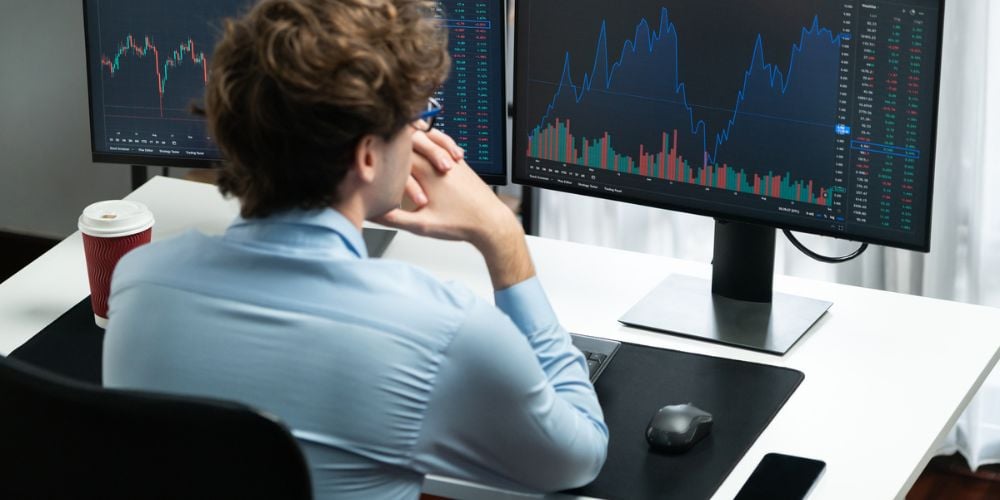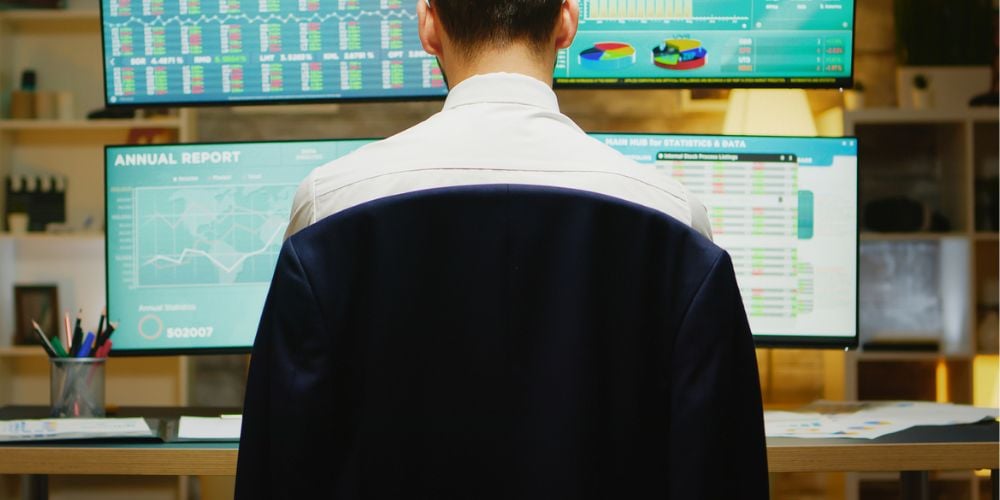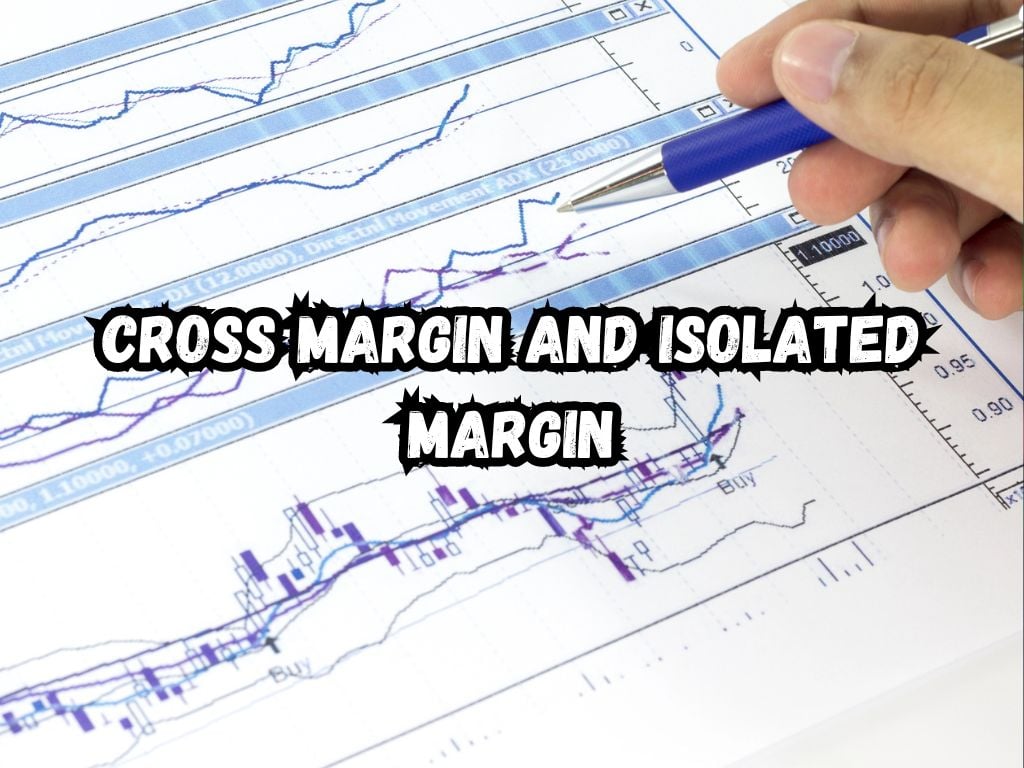Margin trading is a game-changer in the financial markets, amplifying the potential for both gains and losses. Understanding the nuances of different margin methods, such as cross margin and isolated margin, is crucial.
This article dives deep into cross margin and isolated margin, guiding you towards making informed decisions in your trading journey.
What is Margin Trading?
Margin trading allows traders to borrow funds, increasing their purchasing power in the markets. This leverage can amplify profits but also magnifies potential losses, making the understanding of margin crucial.
Cross Margin: An Overview
Cross Margin utilizes the full balance of an account to prevent liquidation of any open positions. This method can be particularly appealing for those looking to spread their risks across multiple trades.

The Mechanism of Cross Margin
In Cross Margin, all positions and the total account balance work together to cover losses. This can provide a safety net, preventing liquidation as long as the total account remains healthy.
Advantages of Using Cross Margin
Cross Margin’s main advantage is the potential for keeping positions open longer, even as some trades move against you. This holistic approach to account balance and margin requirements can reduce the likelihood of liquidation for individual positions.
Disadvantages of Cross Margin
The downside is the risk to your entire account balance. Poor performance in one segment can affect your entire portfolio, posing a greater risk during market downturns.
Isolated Margin: An Overview
Isolated Margin allows for precise risk management on individual positions by isolating the margin to a specific trade. This method appeals to traders who prefer to manage risks on a position-by-position basis.
The Mechanism of Isolated Margin
Each position has its own margin, independent of the rest of the account. This isolation offers clear visibility on the performance and risk of individual trades, allowing for more granular management.
Advantages of Using Isolated Margin
The standout benefit of Isolated Margin is the ability to limit losses to the margin allocated to a single position. This can protect the rest of your account from a poorly performing trade.
Disadvantages of Isolated Margin
However, the risk of liquidation is higher for the individual position. Traders must be vigilant, as rapidly changing market conditions can lead to quick liquidation when on isolated margin.
Comparing Cross Margin and Isolated Margin
Choosing between Cross Margin and Isolated Margin depends on your trading style and risk tolerance.
Cross Margin offers a safety net for your portfolio, while Isolated Margin allows for targeted risk on specific trades.

Pro Tips for Margin Trading
Before diving into margin trading, develop a clear strategy. Understanding the risks and employing tools for risk management can make a significant difference. Remember, leverage amplifies both gains and losses.
Key Considerations Before Choosing a Margin Approach
Consider your risk tolerance, the volatility of the markets you’re trading in, and your financial goals.
Cross and Isolated Margin each have their place, depending on your trading approach and what you’re aiming to achieve.
Understanding Leverage Ratios in Margin Trading
Leverage in margin trading refers to using borrowed funds to increase potential returns on investments. Essentially, a leverage ratio determines how much a trader can borrow relative to their initial investment. For instance, a 10:1 ratio means for every $1 of actual capital, the trader can borrow $9.
In both cross and isolated margin settings, different leverage levels have significant implications. Higher leverage can amplify profits but also increases the potential for substantial losses, requiring careful risk management.
Cross margin traders should monitor their entire portfolio balance as total account equity impacts risk exposure, whereas isolated margin users must manage risk on a position-by-position basis, making higher leverages riskier but more controlled per position.
Frequently Asked Questions
What is the main difference between cross margin and isolated margin?
The fundamental difference lies in the way funds are managed. Cross Margin uses the entire account balance to cover losses, whereas Isolated Margin allocates specific amounts to individual positions.
Can I switch between cross margin and isolated margin on an open position?
Yes, many platforms allow traders to switch between margin types. However, it’s essential to understand the implications on your position before making any changes.
What happens during a margin call in cross margin vs. isolated margin?
In Cross Margin, a margin call may affect your entire account. In Isolated Margin, only the individual position is at risk, safeguarding the rest of your portfolio.
Conclusion
Both cross margin and isolated margin offer unique advantages and disadvantages. By understanding their mechanisms, traders can employ these strategies to align with their risk tolerance and trading objectives.
As always, it’s vital to proceed with caution and ensure you’re well-informed before leveraging your trades.
Margin trading is not without its pitfalls, but with a solid strategy and a clear understanding of each margin type, traders can navigate the markets more confidently. Trade responsibly and remember to balance the pursuit of profit with the management of risk.


 Tags:
Tags:










